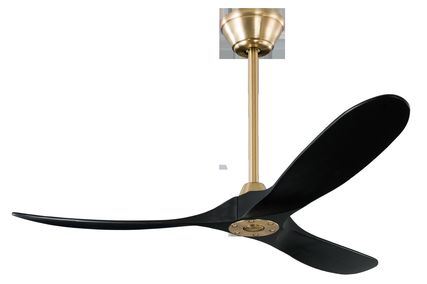As landscape architects, we have worked hard for our relatively young profession to be recognized for the skills and value we bring. Our work is now often used to market our clients’ aspirations, and engineering and architectural projects, and is one key element of urban design solutions. As with most design, landscape architecture solutions are most successful when they are able to be integrated across a range of design outcomes and in collaboration with other professionals. Indeed, a recent article noted that some of the Australian Institute of Architects’ 2010 National Architecture Awards are in fact more landscape-based projects than architectural ones.1
National AILA president Mandy Rounsefell.
Awards processes are only one aspect of professional recognition, so I am not overly worried by the banner on the title page of the 2010 awards issue of Architecture Australia, “acknowledging the fine handiwork of Australia’s architectural community,” nor do I question too deeply “why are architects giving awards to landscape architecture projects?” because in my view these awards are about recognizing and celebrating good integrated design, no matter what its form. We need to ask ourselves, is the “landscape silo” important? As landscape architects, many of us undertake urban design work and dabble in built form anyway.
As long as any design professional is not unduly claiming work with which they haven’t been involved, I believe we should welcome cross-professional recognition. In any event, in a fully integrated design it should be difficult to define where one profession, be it landscape architecture, urban design or architecture, stops and another one starts. Trying to define exactly how much one professional contributed to a successful design is often a moot point anyway. Recognizing and celebrating design success as a collaborative process integrated across the design professions is more important, and dare I say satisfying, than recognition solely by one’s peers within one’s profession alone.
On the larger scale, design solutions for our future need to be integrated and coordinated at all levels and across all disciplines. In recognition of this, several recent important initiatives have been undertaken involving the design community. One recent event was an Australian Urban Design Initiative (AUDI) round table held in Adelaide at the end of November 2010. The event was hosted by the South Australian Commission for Integrated Design and the Urban Design Forum. The round table brought together sixty-eight delegates from a variety of government organizations and private enterprises involved in urban design to discuss the challenges facing our cities and the role AUDI may take in reshaping our cities. The primary focus of the round table was to commit to positive action which ensures that effective urban design is a major contributor to creating and managing successful cities and towns in twenty-first-century Australia.
The complexity of urban design, future challenges and the value of integrated design were debated. Hot topics were urban growth boundaries, increased density and examples of good urban design. Sound familiar? Of course the challenges for the design professions as a whole within this context are enormous and there is some hard work ahead to get traction across all levels of government and forge a clear path for initiatives like AUDI in the future. There is now a general recognition across the professions and in government that we need to face these future challenges together.
As landscape architects, it is most important that we remain involved in these higher-level discussions to ensure we keep abreast of the challenges facing the future of our cities – a landscape architecture perspective on possible outcomes needs to be integrated into any solutions proposed. Only through our continued awareness, contribution to these types of forums and being vocal on topical issues can we expect to be consulted further on important issues affecting the future of our cities as well as our professional design practices.
From something as simple as a door handle placed where we need to push to a lack of hierarchy and clarity of spatial design, it is easy to belatedly recognize “bad” design once it has been built and affects our daily lifestyles. It is far better for us to imagine a well-designed and well-integrated design future and work together to achieve it now.
1. R. Bevan, “Great Architecture as Urban Landscaping,” The Australian, 29 October 2010.
Source

Archive
Published online: 24 Jan 2012
Words:
Mandy Rounsefell
Issue
Landscape Architecture Australia, February 2011














